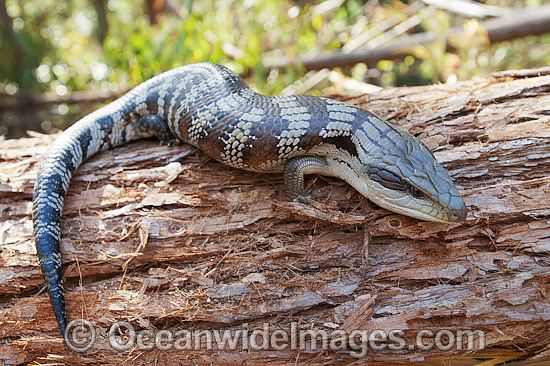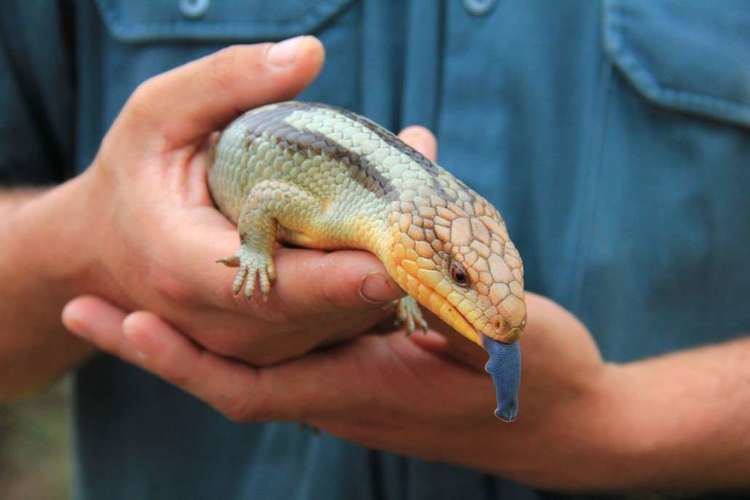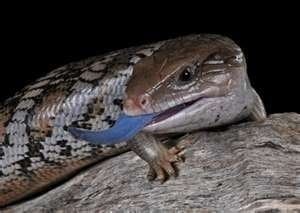Kingdom Animalia Genus Tiliqua Phylum Chordata Rank Subspecies | Family Scincidae Length 30 – 60 cm (Adult) Higher classification Tiliqua scincoides Order Scaled reptiles | |
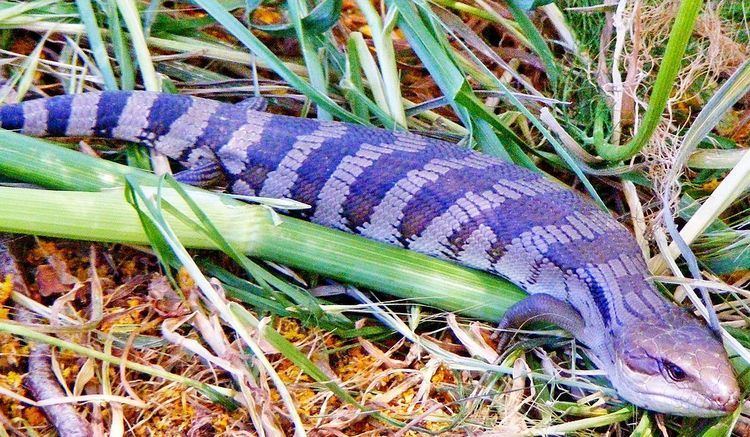 | ||
Scientific name Tiliqua scincoides scincoides Similar Blue‑tongued skink, Skink, Reptile, Corallus hortulanus, Phelsuma madagascariensis | ||
The eastern blue-tongued lizard (Tiliqua scincoides scincoides) is a subspecies of large skink which is common throughout eastern Australia, often found in bushland and suburban areas where conditions are suitable. The lizard is known as blue-tongue because its tongue can range from bright to dark blue, and it has a habit of displaying it prominently and hissing loudly when disturbed.
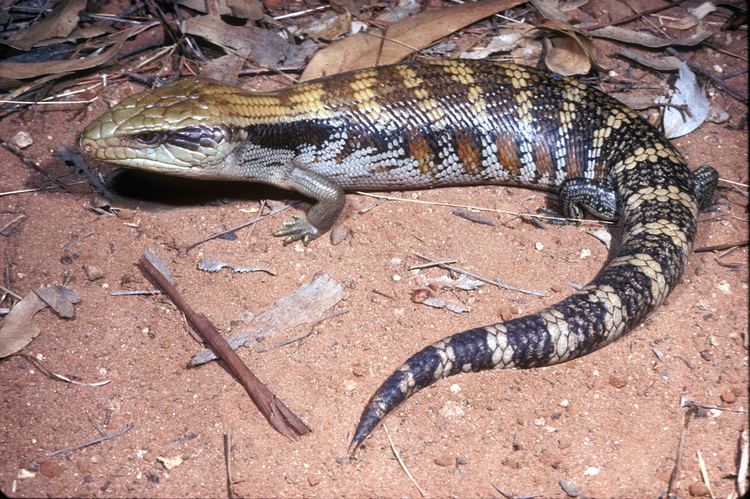
The eastern blue-tongued lizard is a stout and slow lizard with brown to grey scales and a barred pattern across the body and tail. The underside is usually pale. Blue-tongued lizards are popular as pets and can live for up to 30 years in captivity. They give birth to live young, between six and a record 20 per litter. The young consume the egg sac immediately after birth. They resemble the adult form closely. There are several other types of blue-tongued lizard, genus Tiliqua, such as the northern blue-tongued skink and the shingleback or stump-tailed skink.
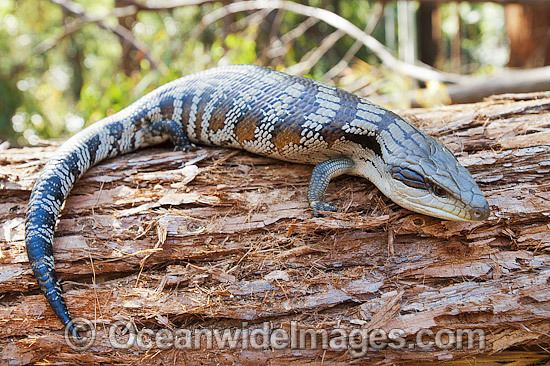
This subspecies was first described as Lacerta scincoides, by the Irish surgeon and botanist John White, in Journal of a Voyage to New South Wales, 1790.
